The lesson will be open to everyone and will start at 6:00 p.m. on August 5 at the yoga house on the shore of Varusha South.
What animals live in the river near the beach in Varusha South? What does the presence or absence of certain species say about water purity? Answers to questions like these will be given by the hydro biologists Helena Hudzek and Pencho Pandakov.
The participants will observe the water for different fishes, turn over rocks to see who’s hiding underneath and maybe they will learn something new about river mussels? Helena and Pencho will introduce everyone to the world of benthic invertebrates, amphibians and fish and will help people understand more about river ecosystems and their importance for our quality of life. They will also talk about why it is important to protect water and biodiversity and what to look for when we are on the river.
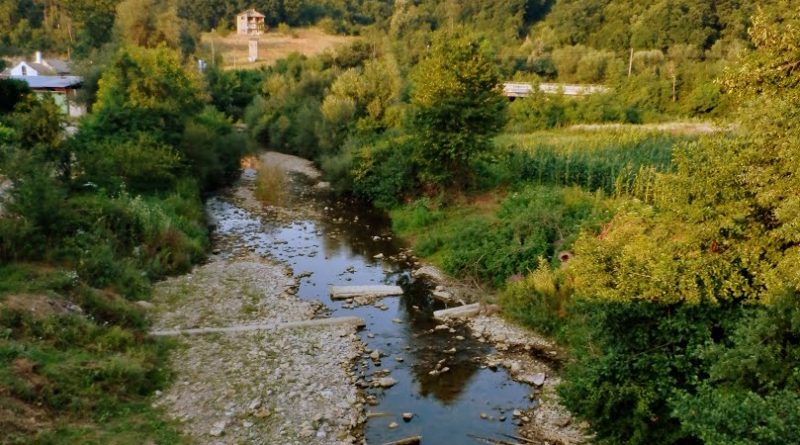
The organizers of the event are people from Varusha South and TaM. The event is open for everyone and there is no need of pre-registration.
“Belitsa River” in Veliko Tarnovo region was announced for protected area
The Minister of Environment and Water signed an order declaring the Belitsa River a protected area. The aim is to protect the population of endangered species such as otters, pearl mussels, sea shells and rare riparian forests. “Belitsa River” covers 542 decares public state property, mostly water area, which is located in the lands of Belitsa village – Tryavna municipality, Voneshta voda village, Voynezha village, Vaglevtsi village, Gabrovtsi village, Golemani and Kilifarevo, municipality V. Tarnovo.
In the territory of the protected area, activities that may have a negative impact on the species and habitats, such as fishing of the species subject to conservation, are prohibited; construction of new facilities preventing the migration of fish and other aquatic organisms; correction of river courses and their banks; new discharges of waste water without treatment; new abstractions from surface water; felling of natural tree vegetation from local species; seizure of sediments, river gravel and sand – ballast (aggregates), etc.

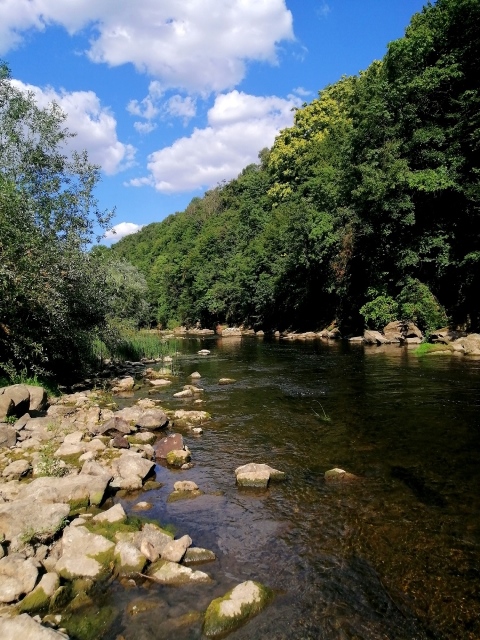
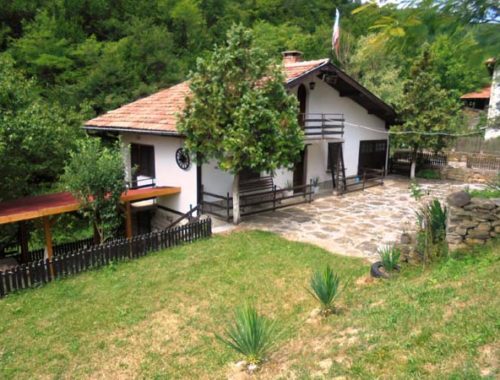
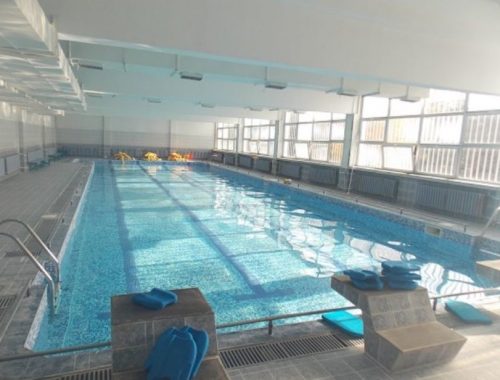
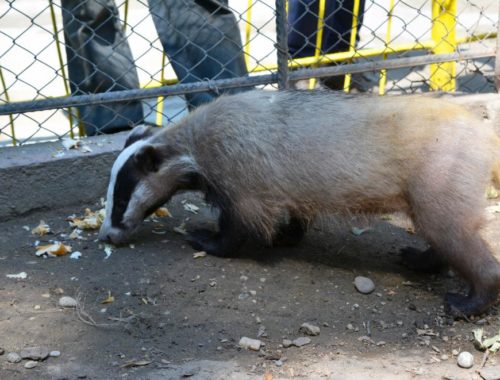
No Comments